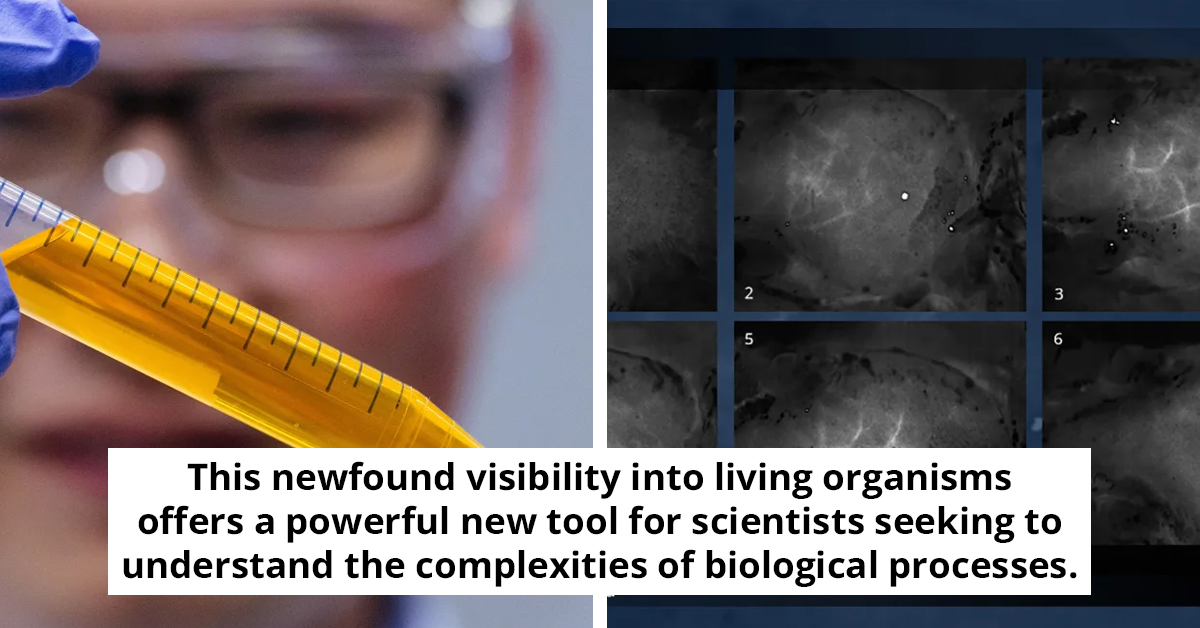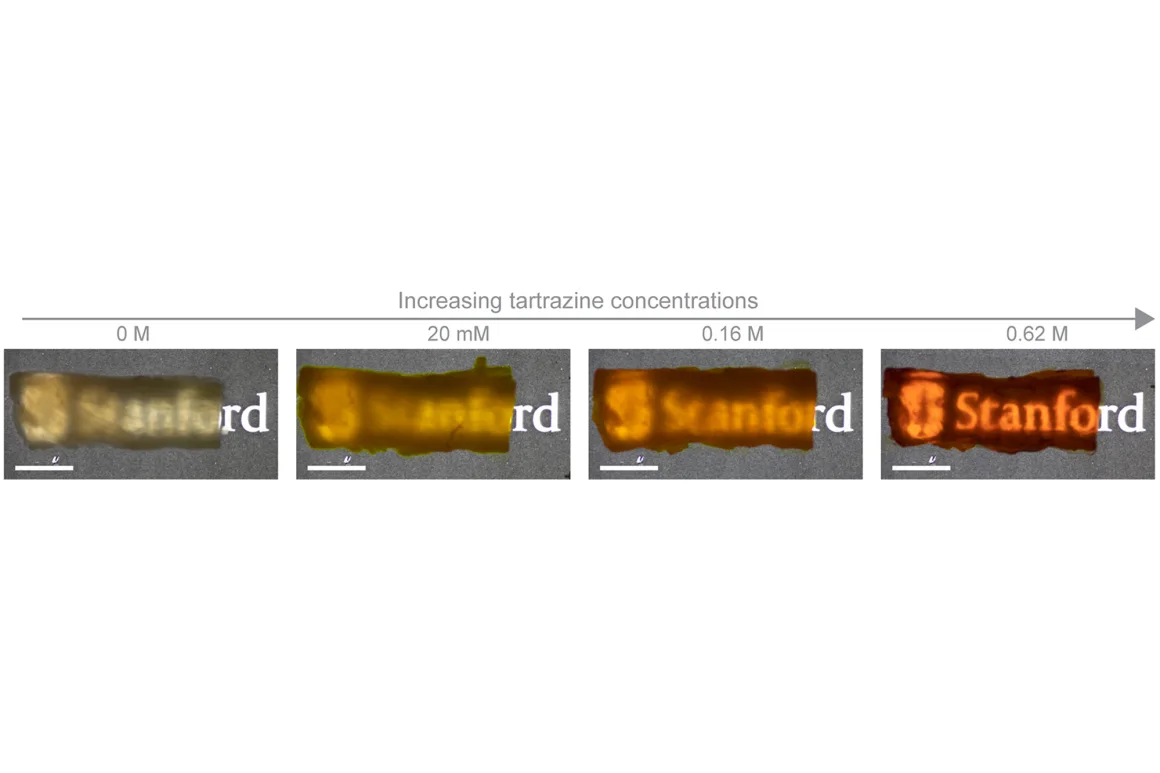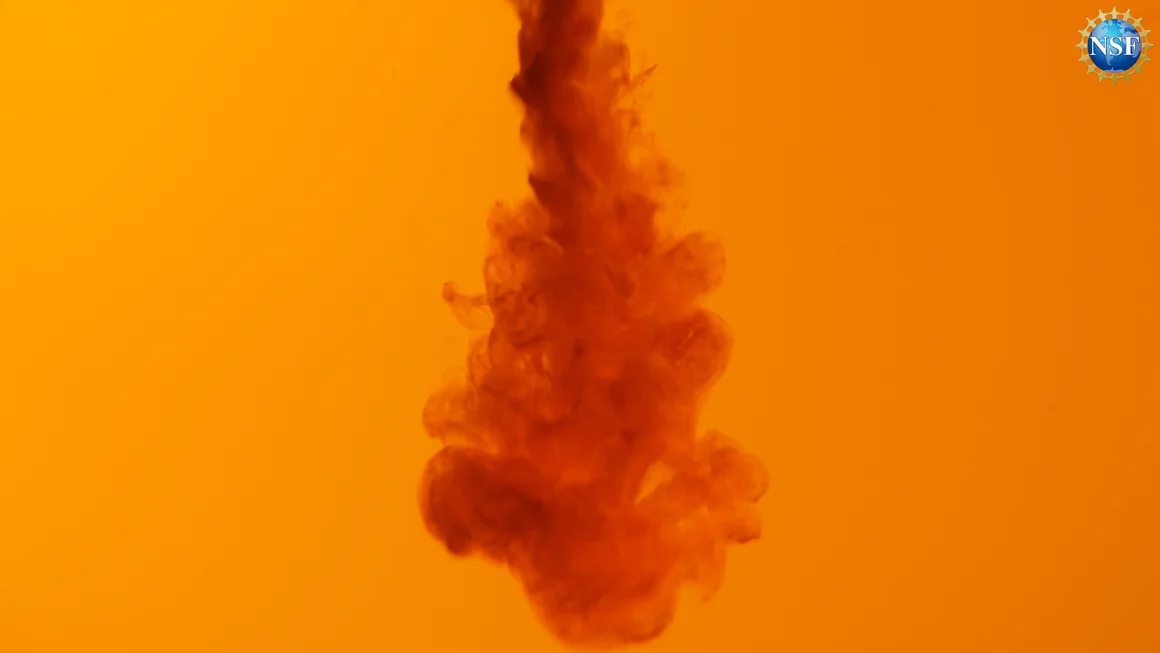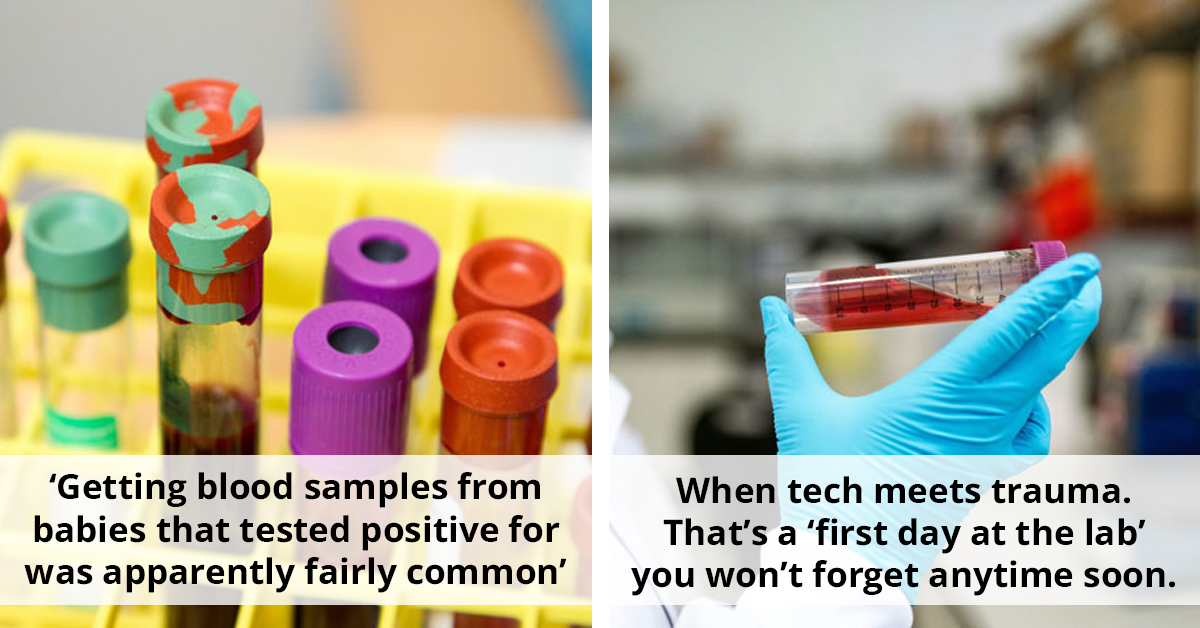
Scientists Make Mouse Skin Transparent Using Food Dye In A Real-Life 'Invisible Man' Discovery
All thanks to an ingredient you can find in candies.

In a remarkable scientific breakthrough that could have been plucked straight from the pages of H.G. Wells’ The Invisible Man, researchers have developed a technique that temporarily turns mouse skin transparent.
This unexpected and fascinating discovery, detailed in a study published in the journal Science, utilizes a common food dye to create the astonishing effect. The innovation not only sparks the imagination but also promises significant advancements in medicine and biomedical research.
The groundbreaking experiment was spearheaded by Zihao Ou, an assistant professor of physics at the University of Texas at Dallas. Ou and his team found that by applying a solution of water mixed with tartrazine—a yellow food coloring commonly found in products like candy and soft drinks—the skin of mice could be rendered temporarily transparent.
This newfound transparency provided researchers with an unprecedented ability to observe the animals' internal organs, blood vessels, and other biological processes without resorting to invasive surgical procedures.
While the idea of making skin transparent might sound like something out of a science fiction novel, the science behind the discovery is firmly rooted in the principles of optics. Normally, skin scatters light, making it difficult to see through.
However, tartrazine’s light-absorbing properties play a crucial role in reducing this scattering effect, allowing light to pass through the tissue more effectively.
The process is not only non-invasive but also reversible; a simple rinse with water removes the dye, and the skin returns to its normal state without any lasting effects.
In the realm of biomedical research, the ability to peer through skin without surgery could revolutionize how scientists study diseases, development, and the function of organs. For instance, this technique could be used by doctors to make veins more visible during blood draws, reducing the risk of missed veins and improving the patient experience.
 University of Texas at Dallas
University of Texas at DallasAdditionally, it could enable real-time monitoring of disease progression or treatment efficacy without the need for repeated invasive procedures, thereby minimizing patient discomfort and risk.
 US NSF
US NSFEncouraged by their initial success, they proceeded to conduct tests on live mice. By making the skin on the skulls and abdomens of these mice transparent, the researchers were able to directly observe brain activity and the muscle contractions involved in digestion.
This newfound visibility into living organisms offers a powerful new tool for scientists seeking to understand the complexities of biological processes.
While the concept of transparent skin may evoke images of fantastical worlds, this discovery is grounded in rigorous scientific research and represents a significant step forward in the field of optics and biomedical science.
The work of Ou and his team, which builds on decades of research into the interaction between light and tissue, demonstrates how even the most commonplace materials—such as food dye—can lead to groundbreaking advancements in science.
 Guosong Hong/Stanford University
Guosong Hong/Stanford University Stanford University
Stanford UniversityAs Ou himself explains, the transparency effect is akin to applying a facial cream or mask, with the dye gradually diffusing into the skin over a few minutes.
 US NSF
US NSFThis straightforward yet profound technique has the potential to transform medical diagnostics and treatment, paving the way for new, non-invasive technologies that enhance our understanding and care of the human body.
This innovation marks only the beginning of what could be a revolutionary shift in medical technology. As researchers continue to explore the possibilities, the idea of temporarily transparent human skin may soon transition from the realm of science fiction to practical application in operating rooms and research labs around the world.
Sophia







